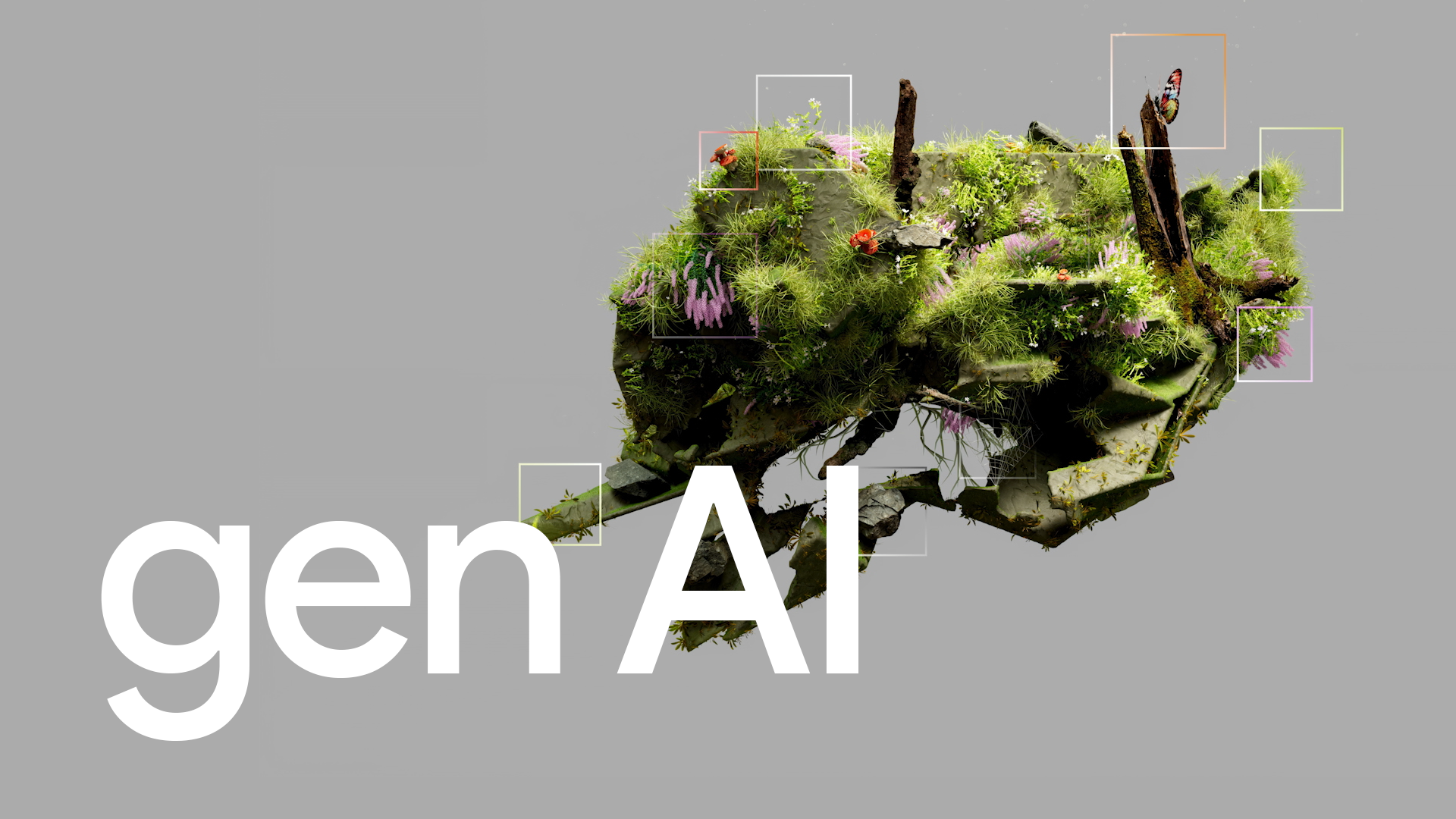The Prompt: AI's evolution, from individual models to systems of intelligence

Kawal Gandhi
Senior Director for AI, Office of the CTO, Google Cloud
Philip Moyer
Global VP, AI & Business Solutions at Google Cloud
Business leaders are buzzing about generative AI. To help you keep up with this fast-moving, transformative topic, The Prompt” brings you our ongoing observations from our work with customers and partners, as well as the newest AI happenings at Google. In this edition, we consider a new way of thinking about — and structuring, your AI workloads.
Generative AI and large language models are evolving at a rapid pace. So while LLMs are the engines that fuel generative AI, an effective enterprise AI strategy has to make room to manage a variety of models, switch out models on the backends of apps when appropriate, and otherwise maintain agility, choice, and resilience while building trust. This requires a platform approach, which we’ve discussed a few times already this year.
This approach has many benefits, which have only become clearer with recent events in the world of AI. Just as during the COVID-19 pandemic, we’ve seen how relying on a single supplier or component can jeopardize an entire organization. Meanwhile, some groundbreaking use cases are going to require the latest and greatest frontier models, capable of achieving many diverse tasks. Other business needs can be met by simpler LLMs, that are optimized for certain tasks and can run more efficiently and affordably.
Like any technology, generative AI works best through a diverse toolkit of models tailored for specific tasks. One way we’ve started to think about this broad-based approach is as a system of intelligence.
The system of intelligence is designed to work in a way that is different from traditional data systems or systems of record. Rather than requiring users to know how to extract insights from the data, the system of intelligence is designed to identify, ask questions, and provide insights in a way that is easy for all users to understand.
Standards and practices for these new systems are still emerging, which gives leaders the rare chance to both learn from and guide the development of the new patterns of work. Tackling this will be necessary for most organizations — imagining that nothing will change with AI is akin to thinking that, at the dawn of television, the practices of radio would simply be transposed wholesale to the new medium, with no particular effect on culture, process, or business models.
Building a better system equipped for AI
Indeed, part of what makes this new approach so compelling is how it’s truly an evolution in technology, unlike so many shifts that have come before. A system of intelligence is all about building on and updating existing technologies and data without abandoning what still works. In fact, it relies on much of this past work to ground and refine its outputs, allowing for new insights previously only dreamed of.
In the ‘80s and ‘90s, with the rise of the PC and revolution in networking, many IT departments were focused on developing systems of record that could sort, manage, and update all the data coursing through an organization. With the dawn of the digital age and growth of the Internet and data everywhere, systems of reference developed atop the systems of record to make data more accessible and retrievable to a wider audience through various data lakes and data warehouses. Across both systems was the system of engagement, the interfaces and controls that helped users access data, regulate changes, and drive automation.
We can now combine all of these, with some significant advancements.

For one, the natural language capabilities of gen AI means that it’s now possible for almost anyone to interact with technical systems and complex topics. Now almost any worker can “talk to the data,” getting detailed answers about company performance, brand-compatible assets, or legal input. They can more easily create products and collaborate on ideas without as much individual expertise required.
Another exciting aspect of this new approach is how it can layer over the other existing investments. Too often, organizations have had to replace or rework existing programs to integrate them with new ones. The system of intelligence leverages existing information within systems of record and engagement, breathing new life into old data and making connections along the way that may never have been apparent before.
It’s effectively a way to make the entire organization smarter by building on top of current CRM, databases, analytics, machine learning, and more with the addition of powerful new AI capabilities.
Rather than ripping out and replacing, the system integrates and adapts. It becomes a multiplier effect, making human experts even more impactful by elevating their contributions. This is the heart of human-centered AI.
Smarter, better, faster
Core components of the emerging system of intelligence include mature language models, retrieval engines for finding and connecting relevant information, orchestration, and interfaces to analytical tools. Through increased linkages between projects, organizations can achieve better transparency across work, more meaningful insights, and quicker and more decisive action.
Unlike the precursor systems, which tended to be backward looking through their emphasis on storage and management, and required a lot of work and automation to power new outputs, systems of intelligence hold the promise of more future-facing ideation and synthesis with learning capabilities. The large language models that power gen AI also offer a stronger bridge to external knowledge bases and current events, allowing for real-time outputs.
The outcome is a much faster and stronger work product from a range of teams. As time passes, and trust in the system continues to grow, so do the possibilities for more autonomous actions — within a bounded environment with robust controls, of course.
By approaching AI as a system of intelligence, we can open the aperture on AI to focus on its benefits instead of on the hype or fear. It’s about making organizations smarter in practical ways by augmenting human capabilities. This new paradigm sets up AI to deliver increased value for years to come.
A human-centric approach to AI
Transitioning to this new intelligent era does require a shift in mindset for both technologists and business leaders. It’s no longer sufficient enough to think about AI as isolated tools or models. We have to expand our perspective to intelligent systems with humans in the loop. This captures the strengths of both people and technology.
The companies that embrace this human-centric approach to AI, combining empathy and ethics with powerful technology, are poised to unlock enormous potential. It takes vision and thoughtful leadership to evolve systems in this direction.
At the same time, the world is waking up to the fact that they need to use the right model for the right job, and not every model can do everything. It’s not just about the model, it's actually about all the surrounding components that reduce dependency on any specific model and help create a robust system instead.
The emergence of systems of intelligence represents the next chapter in AI’s maturation. It gives business and technology leaders a strategic frame for applying these rapidly advancing innovations. Companies willing to reimagine what’s possible can drive tremendous progress.



